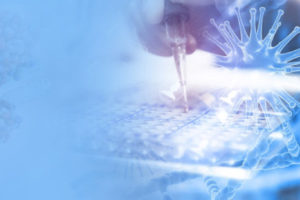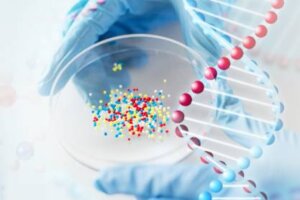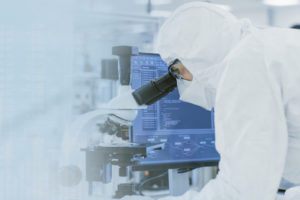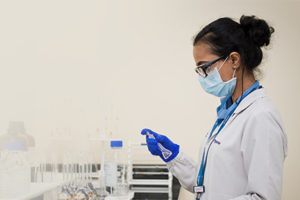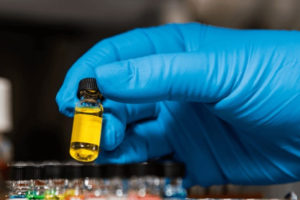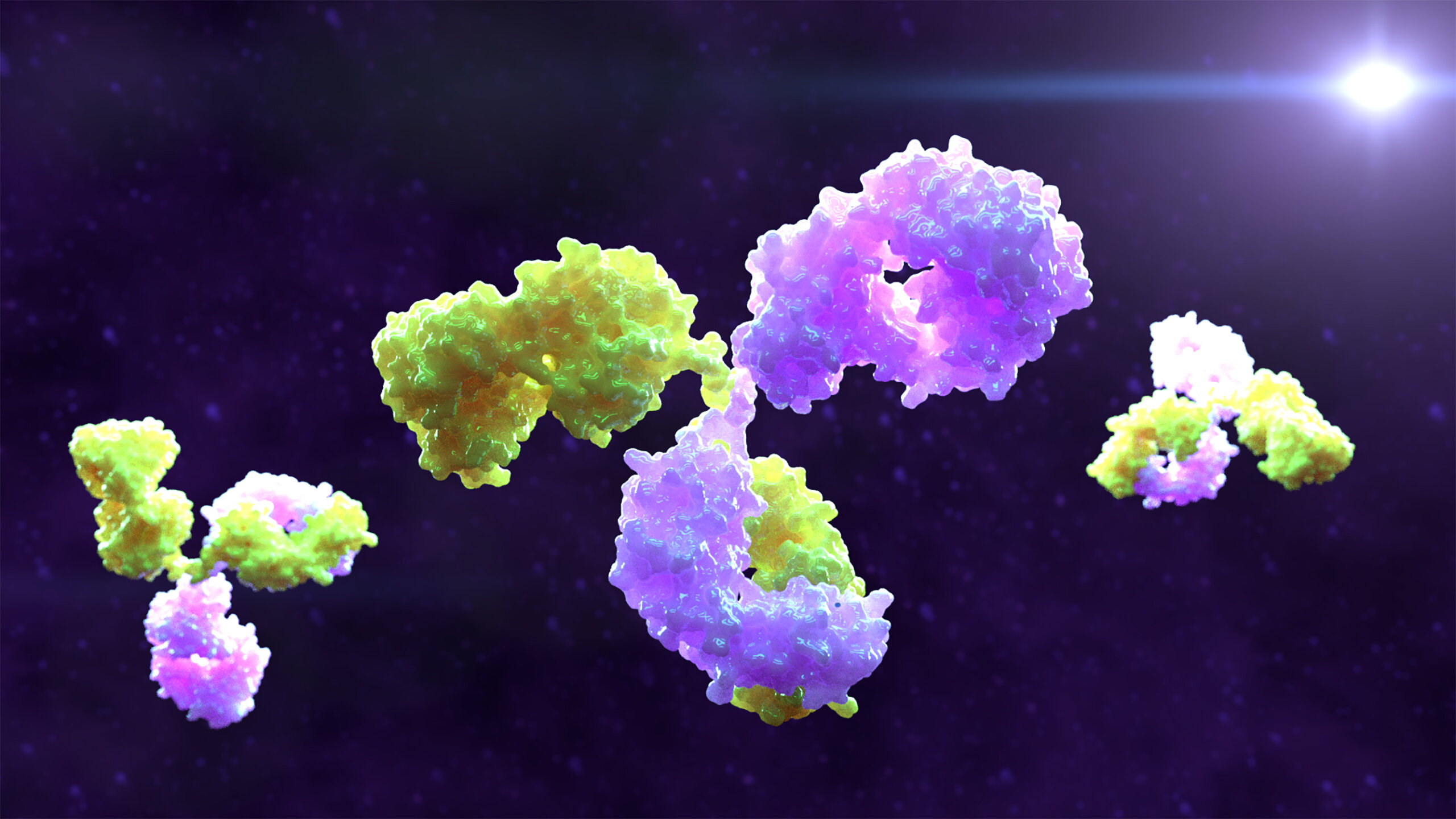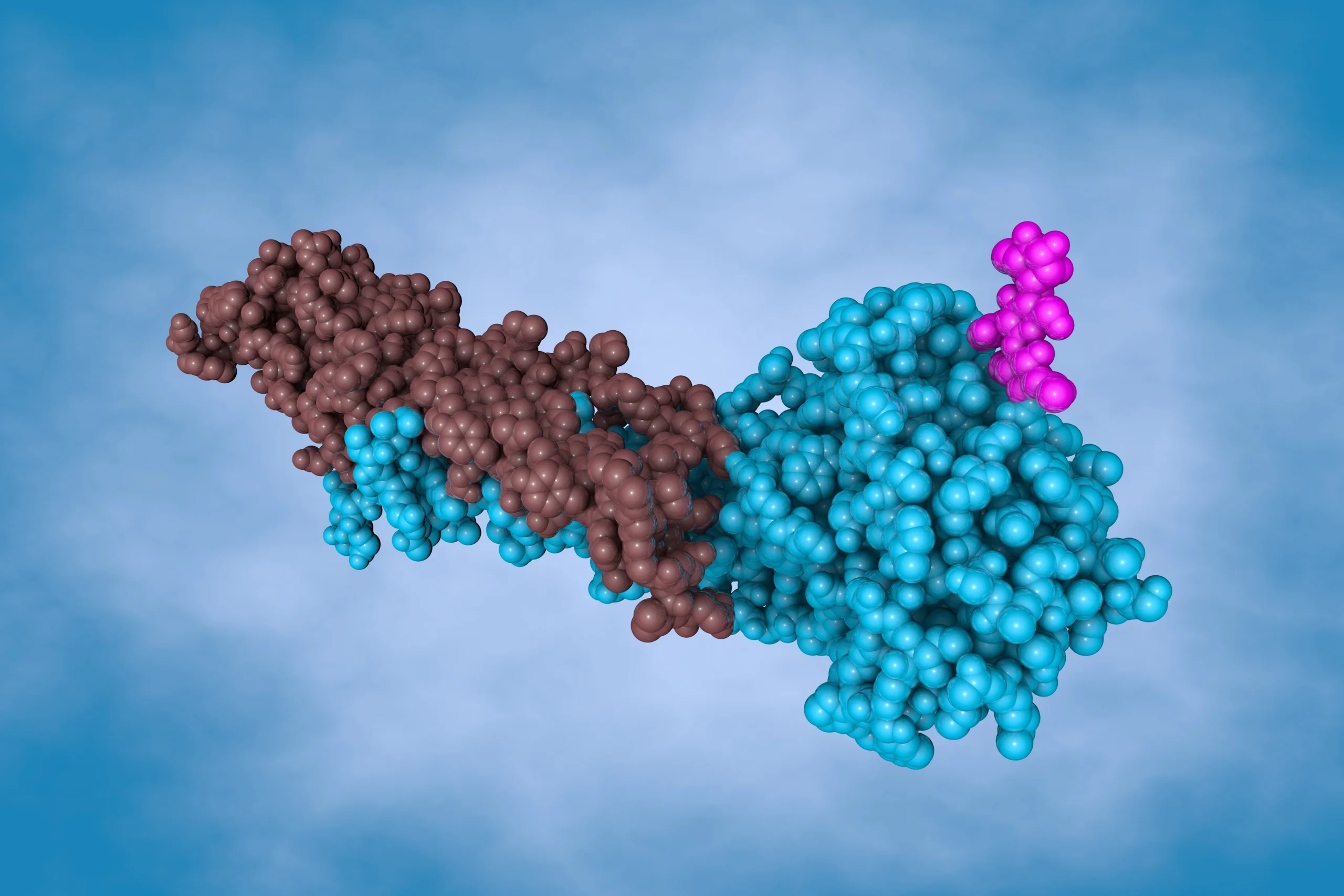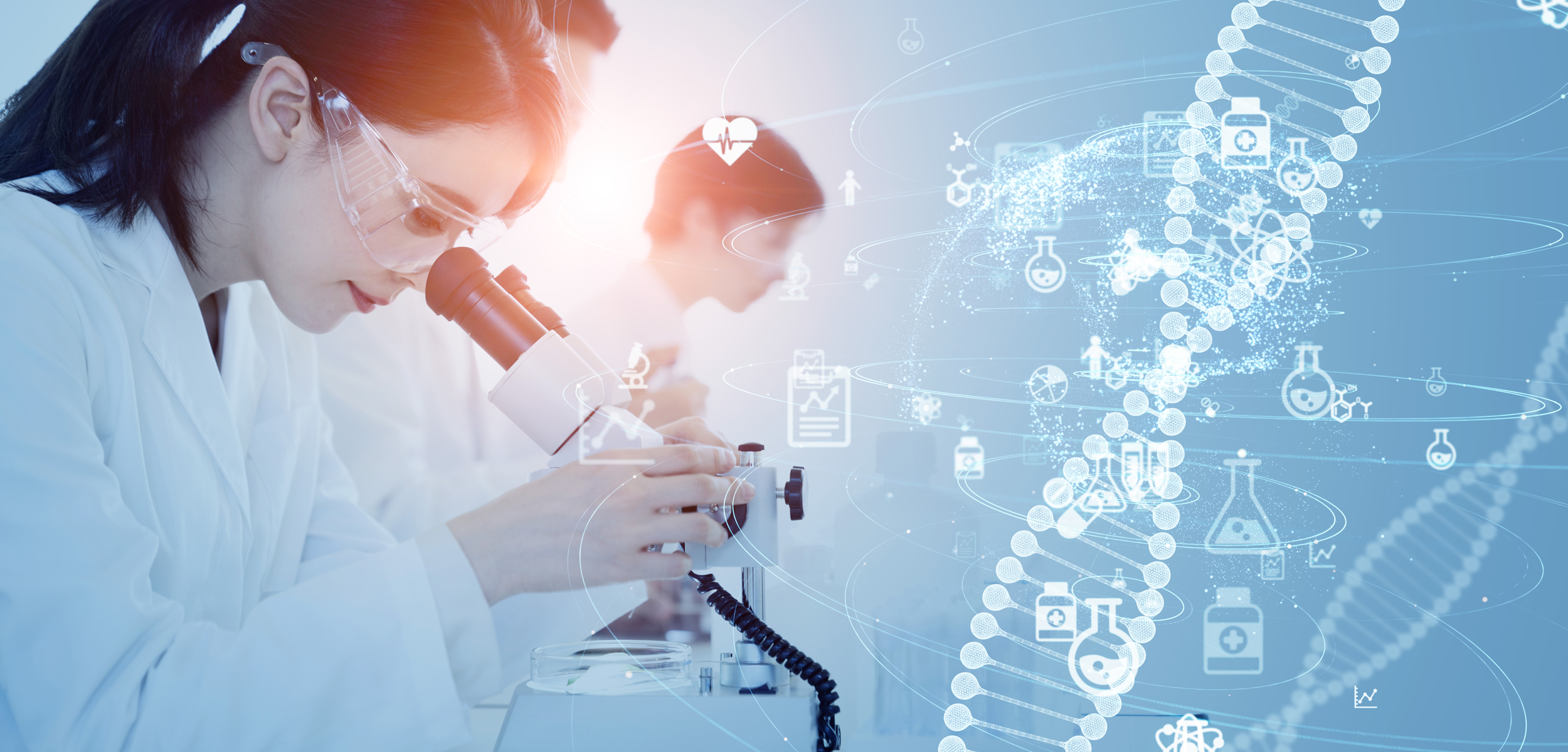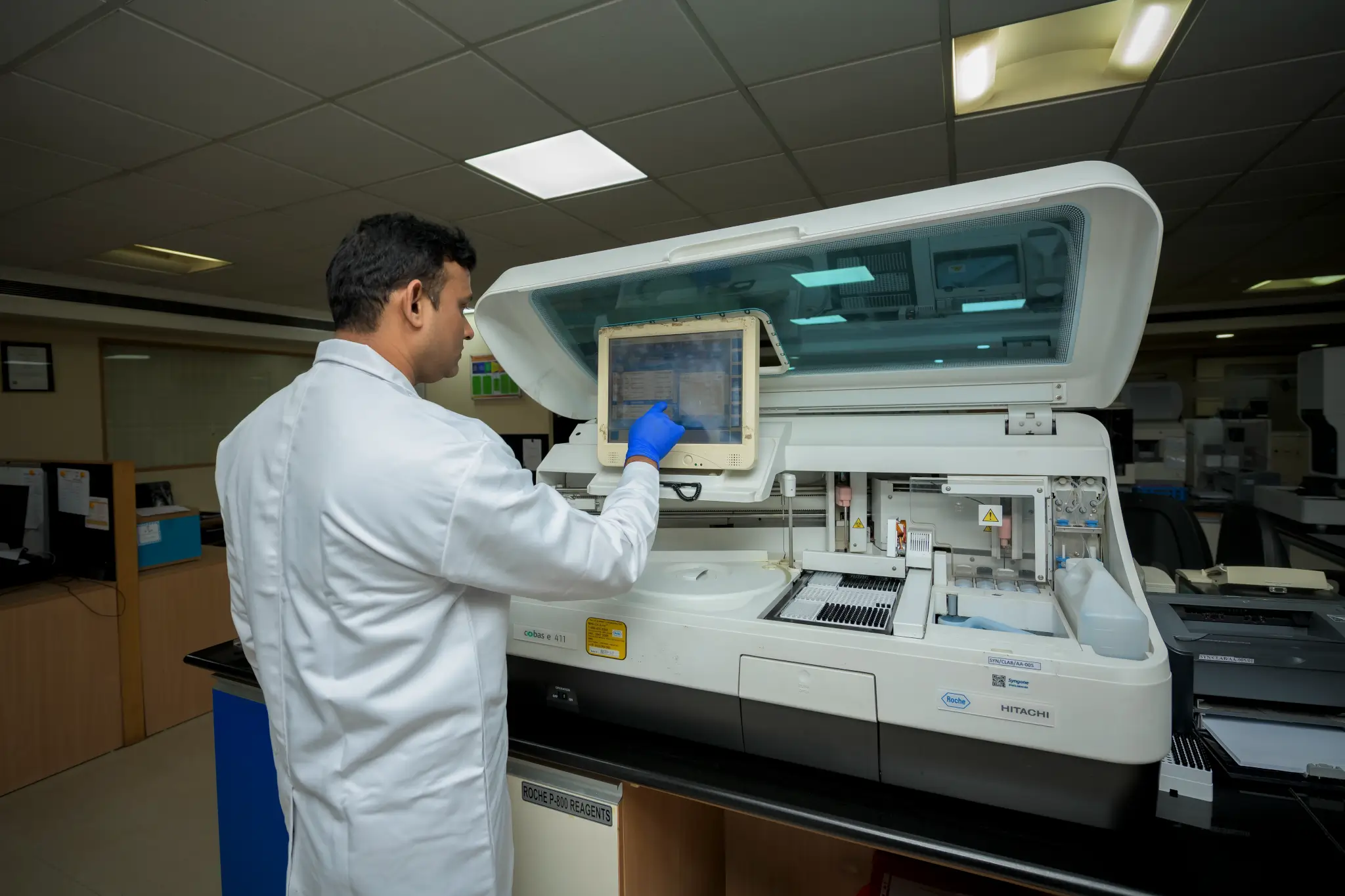Imagine a world where diseases once deemed “undruggable” are met with targeted, precise therapies. This vision is rapidly becoming a reality, thanks to the revolutionary technology of PROTACs (proteolysis-targeting chimeras). Recently, we delved deep into the complexities of these fascinating molecules during our “DMPK Unraveled” webinar, and the insights shared were nothing short of transformative.
During our webinar, experts Dr. Prasoon Chaturvedi from C4 Therapeutics and Dr. Amol Raje from Syngene International, moderated by Dr. Vishwottam Kandikere, shed light on these intricate aspects. One of the most intriguing discussions revolved around the behavior of PROTACs in the body.
What Are PROTACs?
PROTACs are a groundbreaking approach to drug discovery. Unlike traditional small-molecule drugs, which inhibit the activity of disease-causing proteins, PROTACs take a novel dual-targeting approach. These molecules act as molecular bridges, binding both to the target protein, which drives disease, and to an E3 ligase, the body’s natural protein disposal system. By bringing these two components together, PROTACs direct the degradation of the problematic protein, effectively eliminating it rather than simply blocking its function.
A PROTAC molecule typically consists of three key components:
- Target Protein Ligand (Warhead): This molecule specifically binds to the disease-causing protein.
- E3 Ligase Ligand: This molecule recruits the E3 ligase, which tags the target protein for degradation.
- Linker: This chemical bridge ensures proper orientation and proximity between the two ligands, facilitating effective degradation of the target protein.
This dual-targeting strategy enables PROTACs to degrade proteins that are difficult to address with traditional drugs, unlocking new therapeutic possibilities for diseases like cancer and neurodegenerative disorders.
Challenges in PROTAC Development
While the promise of PROTACs is immense, they come with their own set of challenges. These molecules are larger and more complex than conventional drugs, and as a result, they behave differently in the body, particularly in terms of absorption, distribution, metabolism, and excretion (ADME). Understanding how PROTACs interact in various species is crucial for optimizing their therapeutic potential, as findings in animal models do not always translate to human patients.
Experts at the “DMPK Unraveled” webinar highlighted some of these challenges. One major issue is the variability in oral bioavailability. What works in rodents may not necessarily work in humans, which is why advanced modeling techniques, such as Physiologically Based Pharmacokinetic (PBPK) models, are needed to predict clinical outcomes more accurately.
Another important factor is the unbound drug concentration. Unlike traditional drugs, where the total concentration might give a general idea of efficacy, PROTACs require attention to the free, unbound fraction of the drug. This is the portion of the drug that actively interacts with its target, and understanding its concentration is crucial for optimizing PROTAC design and predicting therapeutic potential.
Addressing Permeability and Formulation Issues
The webinar also discussed challenges related to permeability and formulation. Traditional assays like the Caco2 permeability test, while useful, may not fully capture the complexities of PROTAC transport. Therefore, experts emphasize the need for tailored assay conditions and innovative formulations to ensure that PROTACs effectively reach their intended targets in the body.
These challenges also highlight the need to rethink established drug discovery paradigms. PROTACs often break Lipinski’s “Rule of 5,” which traditionally predicts oral bioavailability based on molecular size and lipophilicity. Despite defying these rules, PROTACs have shown remarkable therapeutic potential, particularly in the treatment of complex diseases and conditions.
The Transformative Potential of PROTACs
The main takeaway from the webinar was clear: PROTACs are redefining the future of drug discovery. By targeting the root causes of disease through protein degradation, PROTACs are expanding the boundaries of what we consider “druggable.” As research into PROTACs progresses, these molecules are set to play a pivotal role in treating diseases that have long been resistant to traditional therapies, including cancer, Alzheimer’s, and beyond.
The excitement surrounding PROTACs was evident throughout the webinar, with enthusiastic discussions and insightful questions from participants. As science continues to evolve, the potential for PROTACs to reshape drug development is enormous.
Looking Ahead: Conclusion & The Promise of PROTACs
Looking ahead, the webinar ‘DMPK Unraveled’ addressed something important: It is not that PROTACs is a new drug modality; it is much deeper than that. They represent a paradigm shift on how we approach therapy. We are no longer only inhibiting protein function. We are actively disassembling the disease machinery. Although this shift is accompanied by formulation and pharmacokinetic challenges, it is still radical. The conversations underscored the importance of letting go of strict compliance to conventional methods of drug development and bring about the potential to conquer previously insurmountable medical obstacles. While undergoing modeling and custom-made assays, the progression in understanding the behavior of PROTACs will lead to more than just optimization of molecules. We are flattening the borders to the controllable illnesses.
The future of PROTACs research is no longer about designing more potent degraders. This new branch of PROTACs research envisions a future with rich synthesized knowledge built from advanced computational biology, personalized medicine, and sophisticated delivery systems. Consider a world where PROTACs are personalized to every patient; where the interventional medicine of protein degradation is guided by real-time monitoring and where previously uncontrollable advanced illnesses are suffered not with precision but managed. The saga of PROTACs is an example of the human spirit’s unrelenting endeavor towards innovation.
